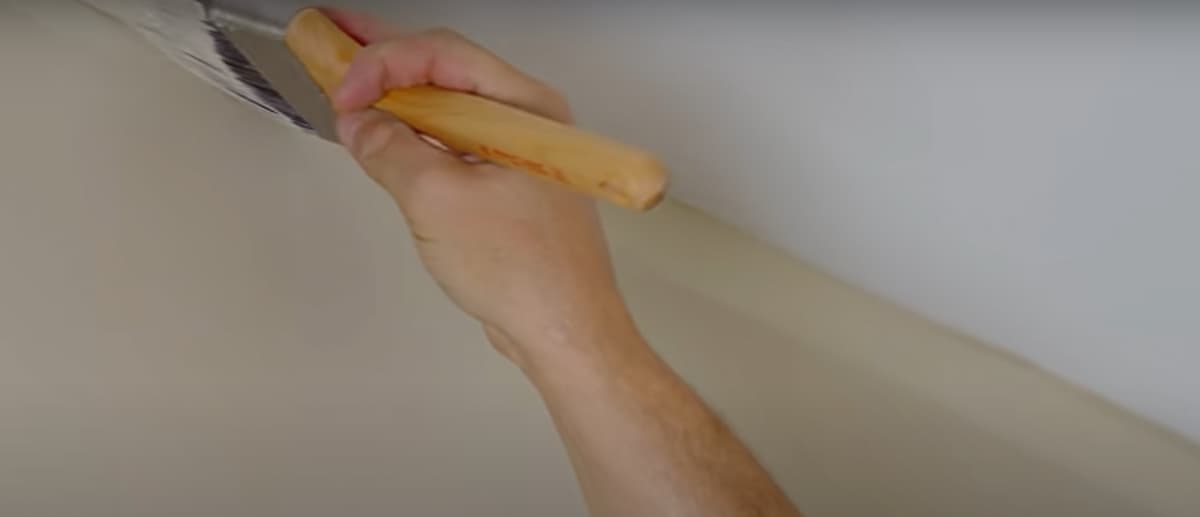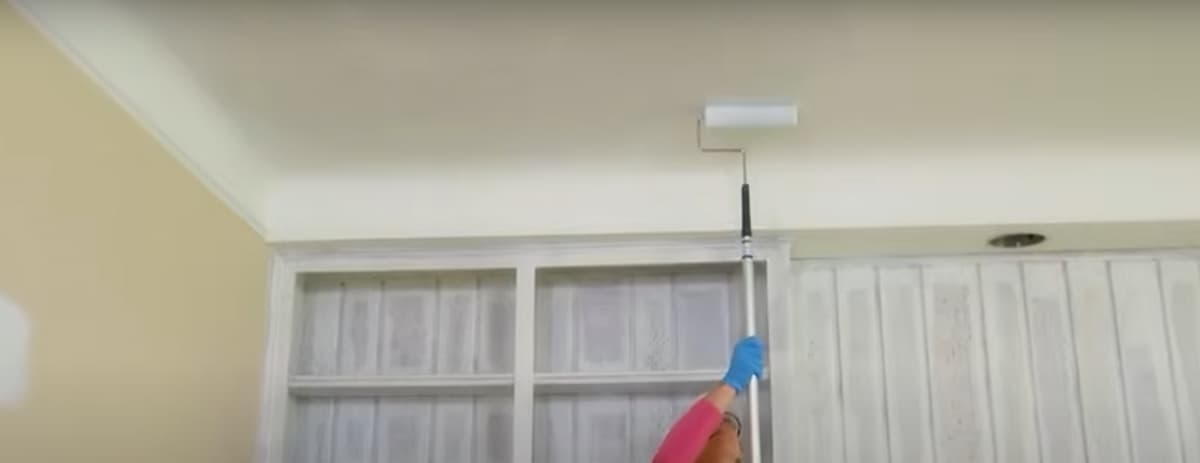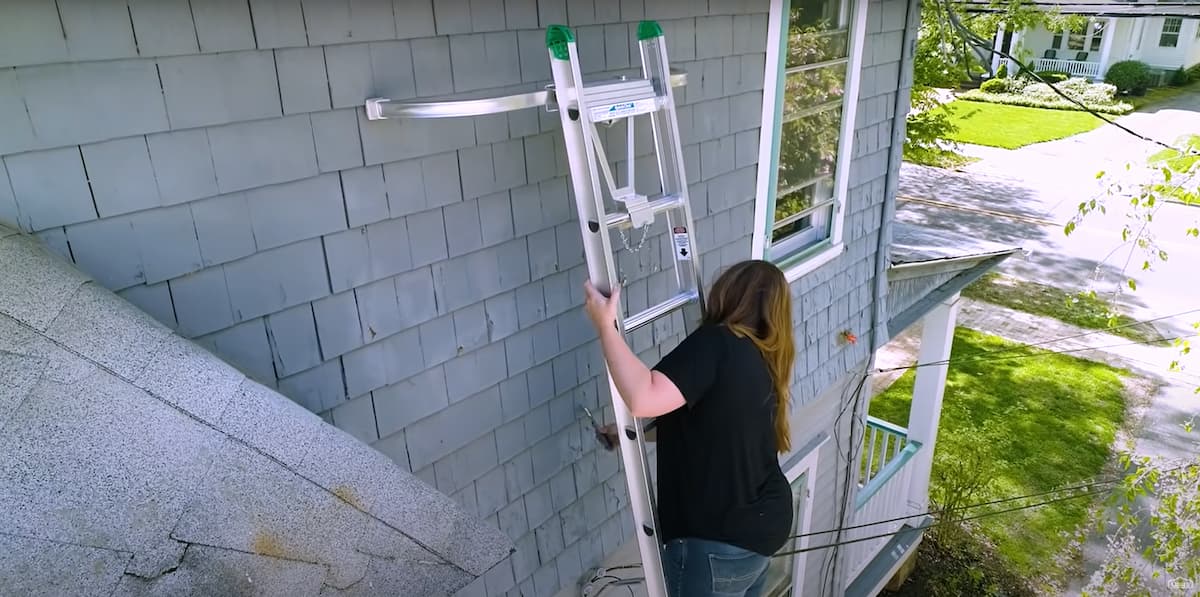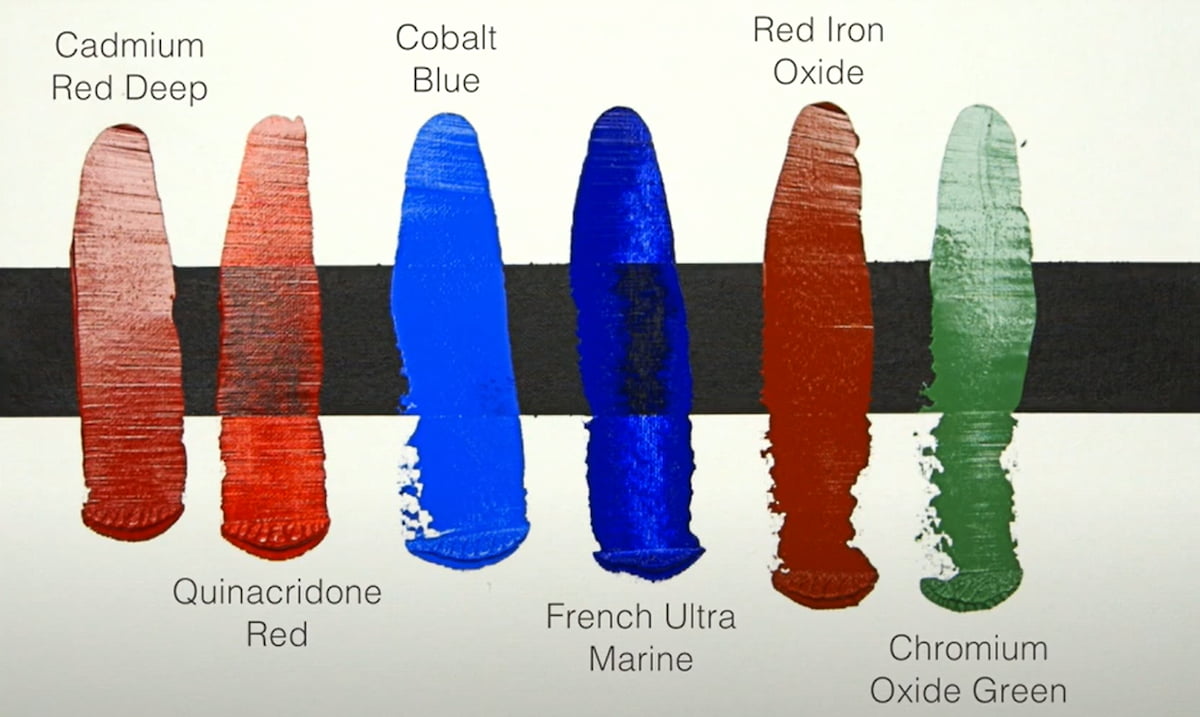
Opacity is a measure of solidity for any object on the screen. It can be used to mask or reveal objects behind other objects, create tinted windows and apply special effects such as shadows, colourization, warping, and textures.
The element that has the highest opacity value is said to be most visible, the element with the lowest opacity value would be least visible. Opacity also refers to how invisible something is-for example, if it’s transparent you may see right through it or if it’s opaque then you won’t.
What is Opacity in Painting?
The term “opacity” is associated with painting and its hiding power. If you’re new to drawing it can be easy to think that the lighter colour paint may be more transparent than darker colour paint, but actually, opacity works in just the opposite way. The thicker or heavier your paint is on the paper, the less light gets through to show what’s underneath it. Because of this one factor, you may need to apply multiple coats of thin watercolour paint instead of a single coat of thick acrylic paint.
One of the most important elements in painting is opacity. As you paint, you may find that the lighter colour paint seems to be more transparent than darker colours. This occurs because opaque colours allow less light through than transparent colours do. The thinner or lighter the paint you use on the canvas, the more light can shine through and show what’s underneath it.
Opacity When Painting Walls
When painting walls, the best thing to use is two coats or four coats of thin, not thick, paint. The thinner the paint, the more times you can go back over it to apply another coat. Not only may you have better opacity with thinned down paint rather than thick layers, but the colours are able to blend together much more smoothly if they’re not so concentrated. Usually, when painting walls you could use a brush with synthetic bristles because it may help you apply the paint more evenly and smoothly.
When it comes to opacity, even if yellow is said to be the most opaque of all colours, but in most cases, we see that darker shades of yellow are transparent while lighter ones are opaque.
Different Opacities in the World
If you think about it this way, you need a window that’s made from glass in order for the light to get through it and illuminate your room properly. A window made from ice would be solid and opaque-no light would be able to filter through at all. But because your window is made from glass, some light does shine through and into your home. Opacity can be used to describe how visible or invisible something is
For example, an object that is transparent or has lower opacity may allow light to pass through it and the contents of the opaque object are not visible through its outer surface. A more technical definition for opacity specifies that it is a measure describing the inability of energy to propagate through a medium or material.
Translucent material allows some light to pass through but obstructs other parts of the spectrum. It is only partially transparent therefore transmitting light without allowing passage on all wavelengths. The opposite term for this property is transparency which describes an object being able to let all types of the light pass right through without obstruction including ultraviolet light which can cause mutations in biological tissue.
The Refractive Index of Paint
A high refractive index of paint is lower than the refractive index of air. This has a significant impact on opacity and transparency. Objects behind an opaque material may appear fainter and slightly distorted, this effect is commonly used to make an object appear like it is seen through gauze or mesh. Translucent material allows some light to pass but obstructs other parts of the spectrum (while partially transparent materials only allow part of the visible spectrum to pass). A good example would be wax paper or cellophane, which transmits light while obscuring visibility.
Transparent materials allow light to pass through into the space behind them, and typically do not block any wavelengths from passing. Fresh paint is almost completely transparent and lets all colours in white light pass equally well. That’s why when you’re in a room with freshly painted walls, everything looks brilliant white. As the paint ages, it yellows slightly, which means that some colours are absorbed more than others (we can see this effect in person by looking at an old yellowed newspaper).
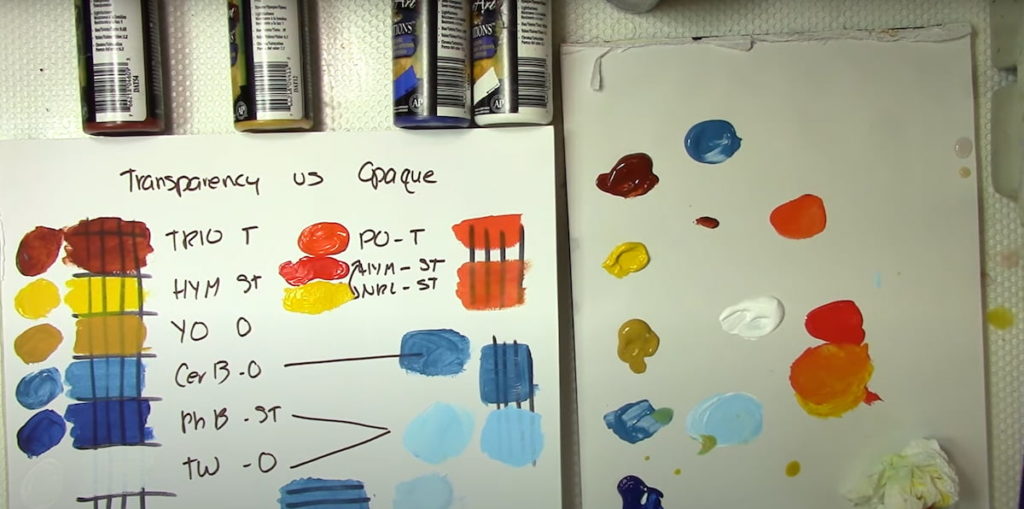
How to Achieve Good Opacity
Two coats of paint film look brighter and lighter than thick layers because less light is blocked when layers are thin, specifically, each additional layer of paint allows only 7% as much light to pass through as the previous one. This ensures that no matter how many layers might be on an object, it never obscures 100% of incoming light. Opaque materials block all but a fraction of a wavelength of light from passing through them-the fraction being determined by the refractive index of the material.
Opaque materials do not allow light to pass through them and so incoming light is blocked from all directions. This means that shadows on opaque objects are black as no light can enter. However, translucent objects allow some wavelengths of light to penetrate and therefore transmit some amount of the incoming light, diffusely scattering it in all directions. Some wavelengths of visible or near-infrared can also penetrate translucent materials and be absorbed by underlying layers (see subsurface scattering).
Black pigments absorb light so the more paint a surface has, the darker it may look. Intuitively, we know that a thicker coat of paint is going to block more light from being transmitted through, thus having good opacity and hiding power. This absorbs light and therefore imparts darkness or shadow on anything painted with it.
Examples of Opacity
A window made of clear glass would allow light to pass through it because the window is not opaque. A screen door made of wire may allow light to pass through it but obstruct the passage of humans, pets, insects and other objects because it is not transparent. The structure of a wall can be described as being translucent or transparent depending on how much light passes through the material.
The walls are solid so they are not transparent therefore meaning that less light may pass through them meaning they have a lower opacity than something like water which would have higher levels of transparency.
X-rays for example are able to pass through humans and building material because they are not impeded by human tissue or bone. X-rays have a shorter wavelength than visible light so their refractive index is lower.
How a Particular Paint Can Absorb Light
When we want to know how light behaves in a particular paint, it is related to the opacity of paint. This can be described by how much light passes through it, less light passing through shows that the paint is more opaque since it may not let go of any light. Opaque paints are also thicker in consistency than semi-opaque or transparent type paints which have thinner consistencies so they can let some light pass through them.
Opacity in painting is important because you need to know what kind of paint consistency you working with so you can use colours correctly and know when one colour may cover another colour up completely, semi-transparently or allow it to still show through.
Why is Titanium Dioxide Used as an Opaque Substance?
Titanium dioxide is often called the pigment that turns the sky blue. Airborne particles of this pigment are usually ultraviolet light-activated, where the ultra-violet radiation of the sun makes it more visible. It is commonly found in sunscreen lotions, soaps, cosmetics and paints. Most of us have seen the powdery white pigment before without realizing it.
It’s used because of its ability to reflect ultraviolet radiation away from UV sources, meaning it blocks them from reaching deeper layers of skin or eyes. There are some other benefits as well, for example, titanium dioxide is one of the most common opacifiers on earth which means that light cannot pass through its transparent white surface
The main downside to titanium dioxide-based paint is that it is an extremely prominent allergen. There’s a reason most sunscreens say “hypoallergenic” on the bottle, titanium dioxide causes skin reactions in some people at concentrations as small as 0.1%. At high levels of exposure, those with sensitive skin may have an allergic reaction from even minor contact.
The Hiding Power of Opacity in Paint Pigments
Opacity can be used to describe how something appears by describing if it is see-through or not. Different materials have different levels of opacity, glass is highly transparent but titanium dioxide is very opaque because it does not allow light to pass through it at all. In painting, opacity refers to how much light passes through a material and whether or not paint covers up other layers underneath easily or partially. For example, we can say one wall is more opaque than another because there is less light passing through and showing what is underneath, whereas a wall is more transparent because there is some light passing through it.
Which Paint Pigment Has Good Hiding Power?
Opacity is an extremely important characteristic in paints because if the paint is transparent it may allow objects to be seen underneath easily but also fade more quickly. If the paint has less transparency, the object beneath it may not be as visible however it can last longer. A pigment with high opacity like titanium dioxide is used for example when painting over wallpaper because it completely covers whatever surface was there before, making sure that whatever you put on top of that wall or board remains undamaged and intact.
The appearance of how opaque a painting appears is determined by how much light passes through what you see and whether or not other objects are still visible behind the surface of the canvas or piece of work. The effects on the appearance of paintings also depend on how much light is let through by the pigment.
Some pigments transmit more or less light especially when they are mixed with other colours. Whether a paint has good hiding power depends on its opacity and brightness, as well as how it is applied to the surface. A painting can be made with very little opacity but still appear fully opaque due to its brightness, however, if either of these two details is impaired then the painting may not look as it could with reduced opacity or dullness in colour.


